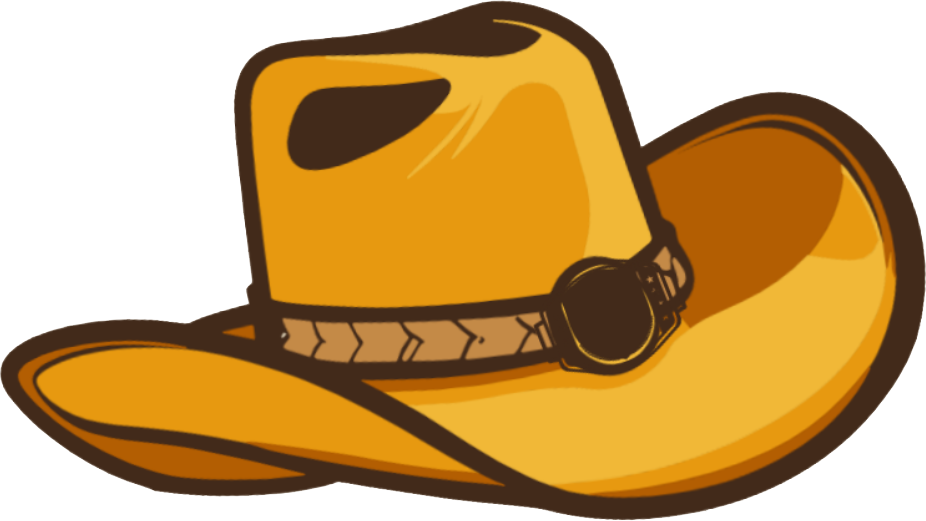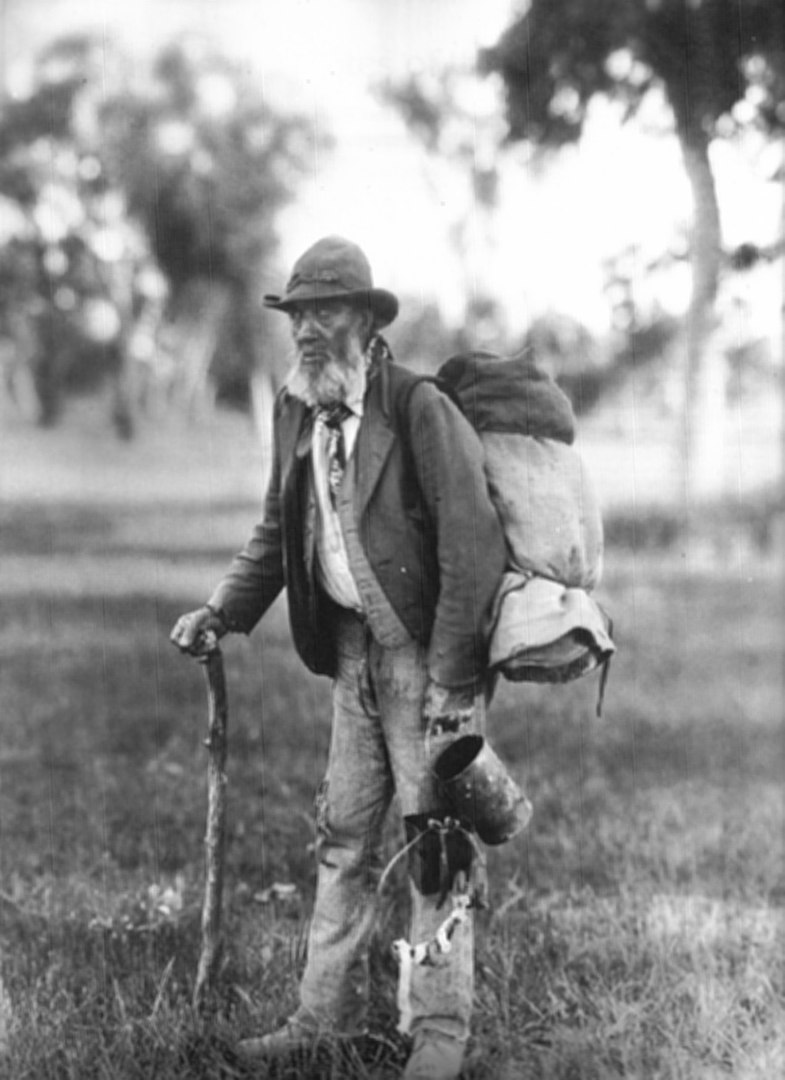History of the Swagman
While the name ‘Jolly Swagman’ sounds like something we dreamt up for the sake of this blog site, the term swagman, immortalised in the famous folk song Waltzing Matilda, is actually deeply connected to the rugged relationship we, as Australians, have with travelling our country.
Also called a ‘swaggie’ or ‘sundowner’, the swagman is a longstanding figure of Australian folklore, and alludes to a travelling labourer who roams the countryside in search of work.
Banjo Patterson’s famous song ‘Waltzing Matilda’ famously romanticised the lifestyle – telling the story of a jolly swagman who turns to stealing sheep from the local squatter.
Named for the bedroll of belongings generally slung on their back, also known as a swag or a matilda, swagmen would regularly move between regional towns and camp in the bush.
Although some modern travellers actively seek out a form of this lifestyle, the original swagmen were often victims of circumstance, known for travelling in search of work, especially during economic downturns like the economic depression of the 1980s and the Great Depression.
Many swagmen were homeless, forced into the transient lifestyle by their hardship; Some wandered by choice to embrace their freedom and escape the rigid structures of urban society; And others were on the run from the law.
While the number of swagmen have declined over the 20th century, many contemporary travellers still embrace a similar transient nomadic lifestyle.
Today, Australia remains a popular destination for international and domestic travellers from all walks of life thanks to its rich and diverse history shaped by unforgettable festivals, museums, walks, cultural experiences, beaches and more.

